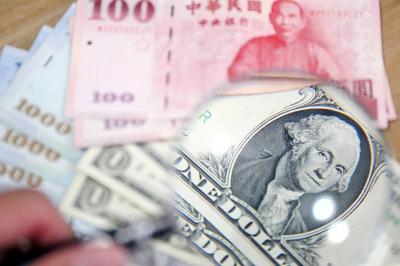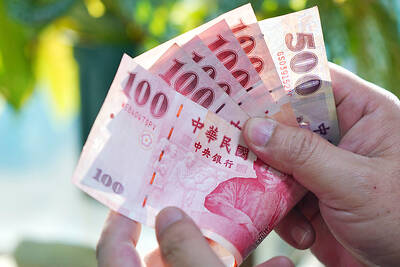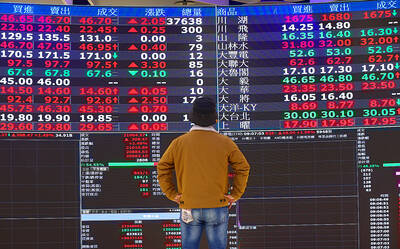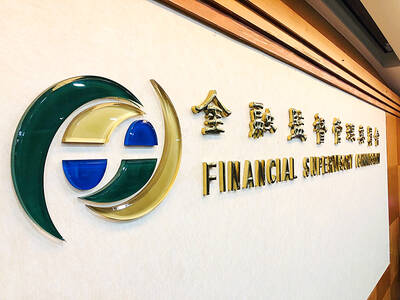With talks stalled on forming a 34-nation free-trade zone from Alaska to Argentina, Mexico's president on Friday floated a new proposal: Exclude dissenting countries like Venezuela and make a smaller alliance that would still rival the EU.
Trade experts say a scaled-back version of the Free Trade Area of the Americas (FTAA) could be a solution to fruitless negotiations that have failed for years to overcome key differences, especially between the US and Latin America's largest economy, Brazil.
Mexican President Vicente Fox, speaking to reporters on the sidelines of the fourth Summit of the Americas in this south Atlantic beach resort, said 29 countries in the Western Hemisphere have decided to consider moving forward with negotiations to craft the smaller zone.
Venezuela would be the first to opt out. Venezuelan President Hugo Chavez bitterly opposes the idea of an FTAA, saying it should be replaced with a Latin American version based on socialist ideals.
The other countries that would likely be left behind are members of the Mercosur trade bloc: Argentina, Brazil, Paraguay and Uruguay. They all support the idea of an FTAA, but have been reluctant to set an April date to restart high-level negotiations.
Analysts said the Mercosur countries would probably end up joining any pact later.
"Over time, there would be pressure for the Mercosur countries to join," said Michael Shifter, a Latin America expert at the Inter-American Dialogue research group in Washington. "And the US and other participating governments would extend an open invitation."
Fox came to the summit planning to push the FTAA negotiations forward.
He told reporters that a bilateral meeting scheduled between him and Argentine President Nestor Kirchner for Friday was canceled. He said Kirchner "must do more to save this conference."
A smaller FTAA would crush hopes of creating a trade zone spanning the Americas, a move initially proposed during the first Americas summit in 1994 in Miami.
Neither Kirchner nor US President George W. Bush specifically mentioned the FTAA in a brief appearance before reporters after holding a bilateral meeting on Friday morning.
But Chavez denounced it as soon as he stepped off his plane on Friday in Mar del Plata, saying: "Today the FTAA is dead and we are going to bury it here. We are here to change the course of history."
Salvadoran President Tony Saca, one of the strongest US allies in the region, said there was strong momentum toward creating a hemispheric treaty -- with or without Chavez.
Bush has said the FTAA would generate wealth, create jobs and help lift tens of millions of Latin Americans out of misery. About 10,000 mostly Latin American protesters in Mar del Plata insisted the zone would benefit big US companies at the expense of workers. And about 100 Canadians who joined in the protests said they have suffered under the North American Free Trade Agreement (NAFTA) between Canada, Mexico and the US.
"We have NAFTA, so we know about free-trade deals," said Dennis Matteau, a steelworker from the province of Quebec. "They are not good for workers."
The effort to create an FTAA involving every country in the Western Hemisphere except Cuba has made halting progress for years, with Brazil and the US far apart on key issues -- including US protections for American farmers and Brazil's laws covering the protection of intellectual property rights and market access.
Brazilian Foreign Minister Celso Amorim told reporters that Western Hemisphere countries could form an FTAA without Brazil and the other Mercosur members, but insisted Brazil is not putting the trade zone on the back burner.
Instead, he said Brazil wants to focus on FTAA after an important round of talks in Hong Kong in December by the 148-nation member World Trade Organization to slash trade barriers around the world and boost global commerce.
"I'm not allergic to FTAA," Amorim said.

The US dollar was trading at NT$29.7 at 10am today on the Taipei Foreign Exchange, as the New Taiwan dollar gained NT$1.364 from the previous close last week. The NT dollar continued to rise today, after surging 3.07 percent on Friday. After opening at NT$30.91, the NT dollar gained more than NT$1 in just 15 minutes, briefly passing the NT$30 mark. Before the US Department of the Treasury's semi-annual currency report came out, expectations that the NT dollar would keep rising were already building. The NT dollar on Friday closed at NT$31.064, up by NT$0.953 — a 3.07 percent single-day gain. Today,

‘SHORT TERM’: The local currency would likely remain strong in the near term, driven by anticipated US trade pressure, capital inflows and expectations of a US Fed rate cut The US dollar is expected to fall below NT$30 in the near term, as traders anticipate increased pressure from Washington for Taiwan to allow the New Taiwan dollar to appreciate, Cathay United Bank (國泰世華銀行) chief economist Lin Chi-chao (林啟超) said. Following a sharp drop in the greenback against the NT dollar on Friday, Lin told the Central News Agency that the local currency is likely to remain strong in the short term, driven in part by market psychology surrounding anticipated US policy pressure. On Friday, the US dollar fell NT$0.953, or 3.07 percent, closing at NT$31.064 — its lowest level since Jan.

The New Taiwan dollar and Taiwanese stocks surged on signs that trade tensions between the world’s top two economies might start easing and as US tech earnings boosted the outlook of the nation’s semiconductor exports. The NT dollar strengthened as much as 3.8 percent versus the US dollar to 30.815, the biggest intraday gain since January 2011, closing at NT$31.064. The benchmark TAIEX jumped 2.73 percent to outperform the region’s equity gauges. Outlook for global trade improved after China said it is assessing possible trade talks with the US, providing a boost for the nation’s currency and shares. As the NT dollar

The Financial Supervisory Commission (FSC) yesterday met with some of the nation’s largest insurance companies as a skyrocketing New Taiwan dollar piles pressure on their hundreds of billions of dollars in US bond investments. The commission has asked some life insurance firms, among the biggest Asian holders of US debt, to discuss how the rapidly strengthening NT dollar has impacted their operations, people familiar with the matter said. The meeting took place as the NT dollar jumped as much as 5 percent yesterday, its biggest intraday gain in more than three decades. The local currency surged as exporters rushed to